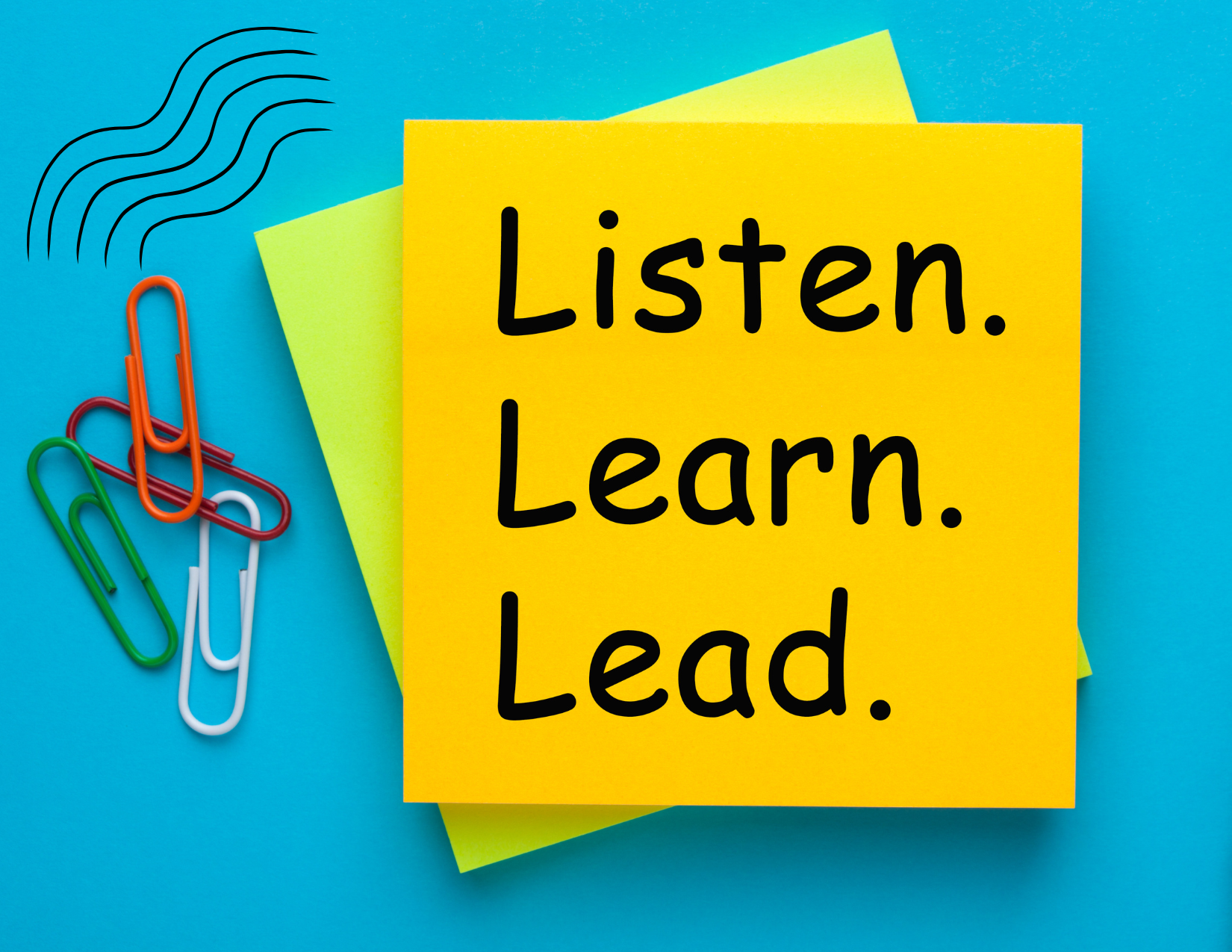During my training as a leadership coach, I was introduced to somatic awareness as a tool for self and others. Leaning into this concept required me to become much more mindful and aware of how my mind and body react in the moment. In becoming more attuned, I began noticing how the experiences of any given day manifested physically, for example, tight shoulders during stressful meetings, a racing heart during difficult conversations, or a relaxed posture during team celebrations.
This heightened self-awareness has been transformative and has provided me with invaluable data about myself and how I experience the world and the people in it. I have also incorporated and used this practice with each of my coaching clients. It is always illuminating to see how it helps them enhance their emotional and physical presence, improve decision-making, and lead authentically.
What is Somatic Awareness?
Somatic awareness refers to the conscious perception of your body’s sensations. It’s about noticing how your physical state reflects your emotions, stress levels, and internal reactions. This practice connects the mind and body, offering actionable insights into your well-being and how you engage with the world.
As a leader, somatic awareness is particularly valuable. By tuning into yourself physically you can gain a deeper understanding of how stress, intuition, and interactions play out not just mentally but physically. This insight can profoundly impact how you handle challenges, communicate, and inspire teams.
Think about it for a moment. Have you noticed when your shoulders tense during a critical negotiation or when your breathing shifts before making a big presentation? These physical cues are your body’s way of giving you information. Somatic awareness lets you harness this feedback.
Benefits of Somatic Awareness for Leaders
Why should you invest time in developing somatic awareness? Here are the key benefits for leadership success.
Improved Emotional Intelligence
Understanding your body’s emotional responses, such as tension, shallow breathing, or fluttering in the stomach, helps you stay emotionally attuned to yourself and others. Leaders with high emotional intelligence can better empathize, support their teams, and de-escalate conflicts swiftly.
Enhanced Decision-Making
Gut feelings are more than a cliché; they are often physical manifestations of your intuition. Combining somatic insights (like a sense of unease or grounding calm) with logical analysis leads to well-rounded decision-making.
Increased Presence and Influence
Somatically aware leaders are grounded and authentic. Their body language exudes confidence, calm, and credibility, which naturally inspires trust and loyalty.
Greater Stress Resilience
By identifying how stress manifests physically (tight chest, clenched jaw, rapid heartbeat), you can proactively manage it. Practices like mindful breathing, brief stretches, or taking a walk can help alleviate tension and prevent burnout.
Practical Exercises to Develop Somatic Awareness
Building somatic awareness doesn’t require hours of meditation or elaborate routines. Instead, start with these simple exercises to strengthen your mind-body connection. Try a variety of different practices and find what works best for you and commit to remaining consistent in what you practice.
Breathing Exercises
Focus on your breath to center yourself in the present moment. Try this:
- Sit in a comfortable position and close your eyes.
- Breathe in slowly for a count of four, hold for four, and exhale for four.
- Repeat this cycle for five minutes, fully noticing your breath’s rhythm and its calming effect.
Body Scans
A body scan helps you detect areas of tension or relaxation. Here’s how to do it:
- Find a quiet space and lie down or sit upright.
- Starting at your head, bring your attention slowly to each body part, working down to your toes.
- Notice sensations without judgment. Are your shoulders tight? Is your jaw clenched? Simply observe.
Mindful Movement
Engage in gentle, intentional movement. Activities like yoga, tai chi, or even a slow morning stretch connect you with your body’s sensations. Movement paired with awareness strengthens your somatic engagement.
Integrating Somatic Awareness into Leadership Practices
Building somatic awareness is just the beginning. To amplify its value, incorporate it into your leadership practices.
Self-Reflection
Take a few moments after challenging situations to reflect on your physical reactions. For example, after a tough meeting, journal how your body felt during key moments. This practice helps you spot patterns and adjust how you respond going forward.
Seeking Feedback
Sometimes, we’re unaware of how we come across. Engaging with a mentor, coach, or trusted colleague allows you to gain valuable external perspectives. For example, ask whether your body language during meetings appears open, engaged, or tense.
By tuning into your body, you unlock a vital resource for mindful decision-making, empathy, and stress resilience.
Generative AI was used as a tool to co-create this article.







